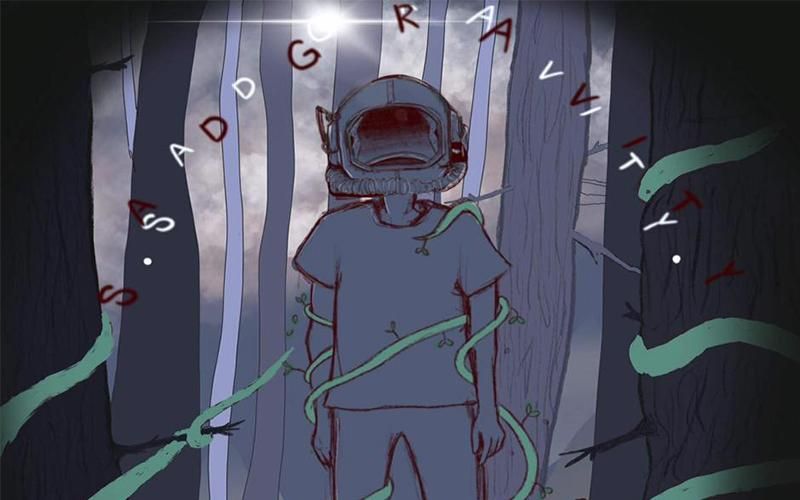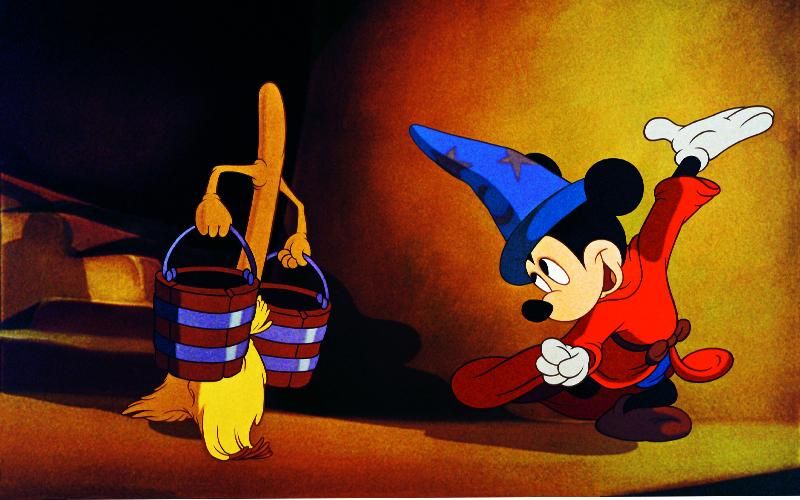Local live juggernauts Sad Gravity finally release their debut recording in the form of a self-titled album of eight songs. The release launches with raw guitar and deep, thumping bass compiled with thorough, sometimes flashy drum work with plenty of vocal breaks for the instruments to shine through. The vocals often sway between straightforward singing and a falsetto that rotates the songs in and out of the “catchy without blatantly trying” category.
Connor Corwin and James Valdez switch off singing (and quite possibly guitar and bass, which they can be seen doing at their numerous live shows) keeping the songs fresh from tune to tune. The self-titled debut really hits stride during the fourth song, “Superlative.” The opening riff is biting while the bass and drums string it along. When the bridge/guitar solo hits, the effects-heavy stuttering of the guitar draws all the attention. This fades into the simple thumping of the bass and the return of the chorus, giving you all you need to know about the band’s capabilities and style.
The transition to “Dirt Squire” via a thick, melodic bass riff shows the band’s writing ability and their musicianship. The song slows way down towards the bridge but builds back up with yearning and honest singing pushed forth through vocal chords and falsettos. This is another example of how the band stays fresh even within the same four minutes of music.
Near the end of the album, “Garbage Day” finds the band in Franz Ferdinand territory, though more psychedelia is involved. It’s a standout on the album for its hooks and also its briefer heavy parts. If the band doesn’t either open or close with it live, they should consider it, as it’s got the listener’s attention in the palm of its hand.
One way to describe Sad Gravity would be diverse and effect-heavy while remaining consistent. The guitars range from clean to reverb-laden or fuzzed out, while the bass either mixes in with the background or stands out on purpose, creating both rhythm and melody. Nolan Dye’s drumming ranges from necessarily simplistic to flashy. The vocals are all over the place, but their ownership remains apparently clear in sound and style.
The album ends on some of the same notes it began with; uncomplicated singing to start and breaks for the instruments/riffs to come through, but with some added “ba ba bas” and muted riffing. The last two minutes of the record are some of the finest sounds you’ll find on the record, and it leaves the listener with a good understanding of the talent and diversity the band possesses.
 Submit Your Event
Submit Your Event



